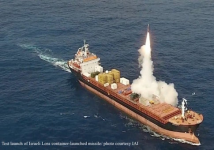- Reaction score
- 9,569
- Points
- 1,160
I’m not sure LRF/PSA or GBAD need (or should be) to be a PRes task.
Long Range Fires are managed generally higher than Bde, so while PRes could crew launchers and ammunition vehicles, the entire HQ aspect would be regular force.
GBAD is handled at Bde and Higher - again depending upon platform PRes personnel could crew vehicles/launchers and ammo supply systems - but the C&C for that would be a regular force role.
I believe you are thinking in army-centric terms. Not National Defence terms.
Unless I mistake you, you are focused on protecting the manoeuver force. My focus is on protecting cities, trade and approaches.






